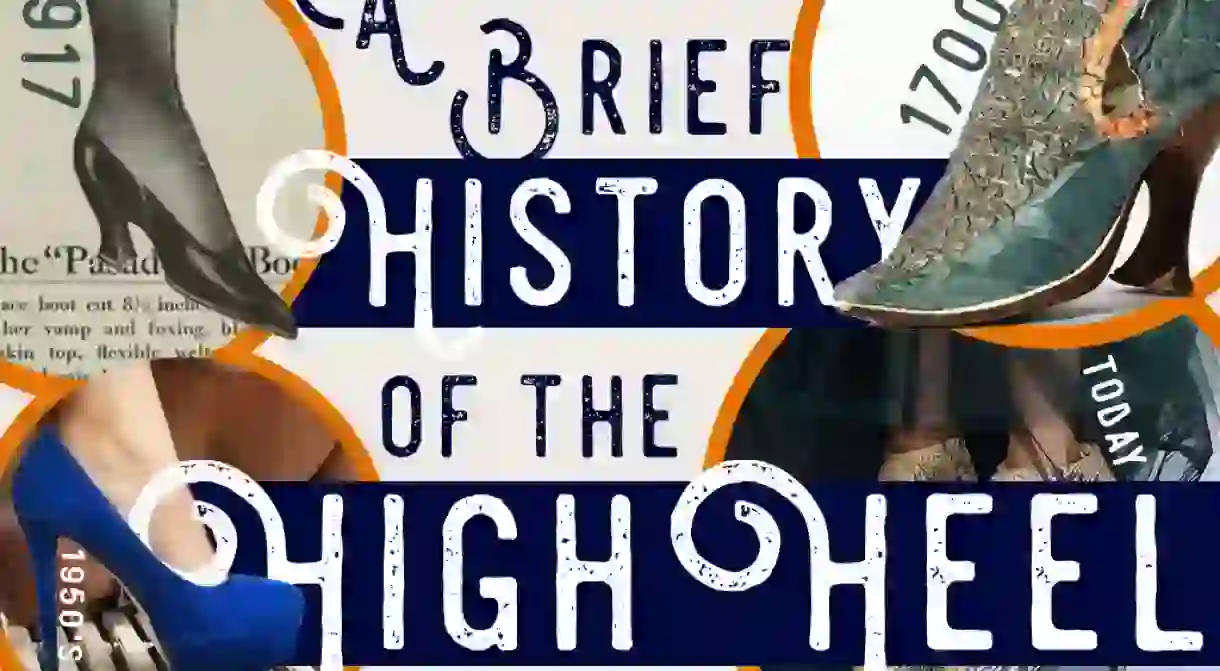A Brief History of the High Heel

A symbol of beguiling power and sex appeal, the high heel is often associated with femininity. But did you know that although the exact origins of the high heel are unclear, the first high heels were fashioned for men?
Historians claim that the high heel was designed for Persian warriors. Who knows if it was the heel that gave the Persians an edge, but by the end of the sixteenth century, the Persian army was the largest in the world, and had defeated the Ottomans to extend Persian borders into modern-day Iraq.

As the Persian Empire moved into Western Europe, so did its footwear. And so, the high heel became popular amongst aristocratic European men, most notably King Louis XIV, who ruled France for 72 years, making his reign the longest of any European monarch. Did his heels elongate his rule, in addition to his legs? One can only wonder.
Indeed, heels give you height, a sign of strength, as people rule from above. With its skyward design, fashion historians have speculated that the high heel is an attempt at godliness. Modern science proves that people associate height with power.

However, by the eighteenth century, in Europe, the high heel took on practical function. Peasants and working class adopted footwear called pattens, or heeled over shoes to protect them from the rubbish on the streets, before proper irrigation and sewers were common in European cities.
Around the mid-eighteenth century, men had abandoned the high heel, and the shoe fell into the feminine domain. The modern high heel is popular for aesthetics as a good pair of heels can transform a woman’s entire look. In fact, high heels have become a passkey to a world that revolves around being influential and, well, fabulous.
Today, heels are wearable art, an amalgam of fetish and glamour fit for a warrior queen, which makes sense, given its origin.
This is the first in Culture Trip’s ongoing series, “The Brief History,” which examines the lesser-known histories of people, places, and areas of cultural intrigue.













